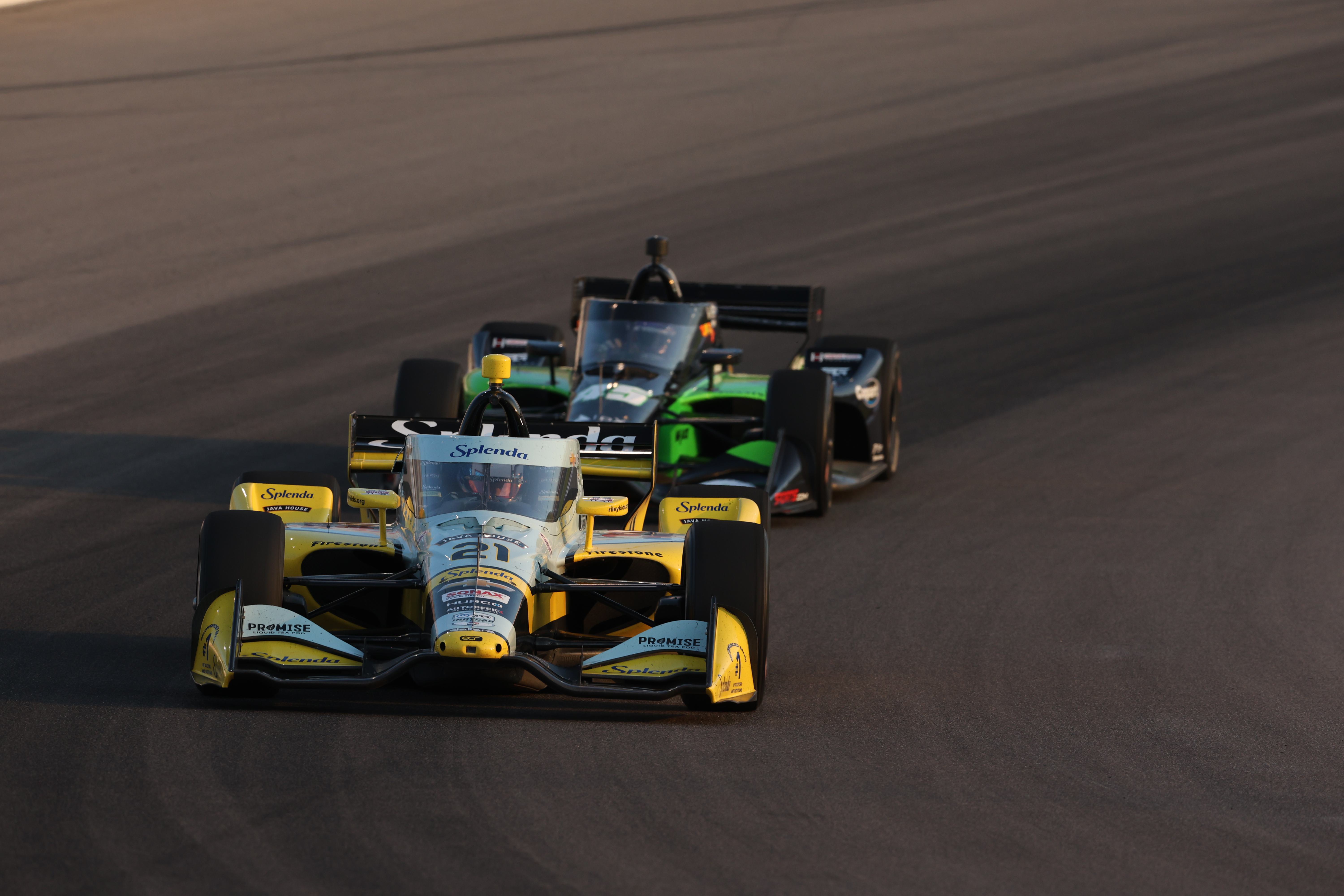Luca Marini and the long game: inside his journey with Honda and the 2026 extension
- Aaratrika Gupta

- Aug 11
- 4 min read
Written by Aaratrika Gupta, edited by Rohan Brown

From VR46 roots to factory spotlight
Short cuts have never been an option in the MotoGP career of Luca Marini. Born in 1997 in Urbino, Italy, the Italian rider started his racing career in the shadow of his then famous half-brother, Valentino Rossi. However, he has more than gained his moment in the sun over the years through the moderate data-driven nature of his performance, as well as his presence in the category and it has not been the same these past years.
After strong campaigns in Moto2, (finishing second overall in 2020) Marini stepped into the top class with Esponsorama Racing before returning to the VR46 setup under his brother’s guidance in 2022 and 2023.
His time with the Mooney VR46 Racing Team was pivotal. Marini didn’t rack up victories, but he delivered increasingly polished performances—two podiums in 2023 and a reputation as a rider who could think as much as he could ride. That mindset caught the attention of Honda at a time when they were looking to rebuild from the ground up. With Marc Márquez departing and the RC213V (bike model developed by Honda) lagging behind the competition, Honda saw in Marini not just a rider, but a long-term investment.
Into the fire: the Honda chapter begins

Marini’s arrival at Honda for the 2024 season came amid sweeping changes. Repsol ended its decades-long title sponsorship, giving way to a new factory identity: Honda HRC Castrol. Paired with 2020 world champion Joan Mir, Marini stepped into one of the most difficult roles in MotoGP, helping a fallen giant recover its form.
The challenges were immediate as the RC213V continued to struggle, particularly in corner entry and acceleration, areas that punished Marini’s smooth riding style. His first year in Honda was not off the headlines as he achieved only 14 points and no finishes in the top ten. However, what distinguished Marini was his attitude. Instead of complaining or being evasive he accepted his development task, collaborated well with engineers and provided clear feedback and spent endless hours in debriefs. At HRC he quickly became an internal figure that could be called on and respected because of his patient and professional manner, a kind of stabilizing element.
2025 began on a grim note, with Marini suffering a serious injury during testing for the Suzuka 8 Hours endurance race. A dislocated hip, clavicle and sternal fractures and a collapsed lung sidelined him for the early part of the season. When he returned, it was with renewed purpose.
Slowly, consistently, he began collecting points—never spectacular, but always steady. At Sachsenring, he secured his best-ever MotoGP result with a sixth-place finish, and by mid-season, he was Honda’s most consistent rider.
A new deal for an evolving rider
Despite the modest results, Honda clearly saw value in continuity. But Marini’s quiet persistence and loyalty paid off. In July 2025, multiple reports confirmed that he had agreed to extend his deal with Honda through the end of the 2026 season.
The news didn’t come as a shock inside the paddock. Both Marini and Honda had signaled for weeks that talks were progressing. Marini in particular, emphasized the mutual respect at play, how he appreciated Honda’s faith and how he felt a sense of duty to help rebuild the RC213V project.
Though the extension hasn’t been formally announced by Honda, all signs, including confirmation from his manager and internal HRC sources, point to the deal being signed and sealed.
This extension is more than just a contract. It’s a strategic move for Marini, who gets to stay on a factory team with long-term vision and for Honda, who needs continuity as it prepares for a major regulation overhaul coming in 2027. Marini is not the one who gets his name plastered on highlight reels, but to Honda he is now a figure that defines the present and a beacon of how to move forward.
What 2026 represents

Marini’s continued presence in the factory garage ensures Honda retains a rider who understands its current limitations and has helped shape its ongoing evolution. With Joan Mir also expected to stay, Honda will head into 2026 with a stable pairing, critical for development in a season expected to act as a bridge to 2027’s sweeping rule changes.
Next year won’t be easy. Honda still faces a steep climb to match the consistency and firepower of Ducati and KTM. But in Marini, they have a rider committed to that climb and one who despite the setbacks has never looked for a way out. And in return, Honda has offered him what every rider ultimately wants - time. Time to grow, time to develop and time to prove that his value isn’t always measured in podiums.
Looking ahead
Marini’s story with Honda isn’t one of instant success or explosive headlines, it’s a game of long-term loyalty, which has become increasingly rarer in MotoGP. Whether or not he ever becomes a race winner in the premier class, his journey now carries a deeper significance. Not only is he now a rider on the grid, but he is proving to be an example of what rebuilding is really about.
And with Honda ready to take its place in such a future, where it once again will like to have a crack at the titles, there will be Marini, albeit in his quiet, determined and more-than-ever way.












Comments